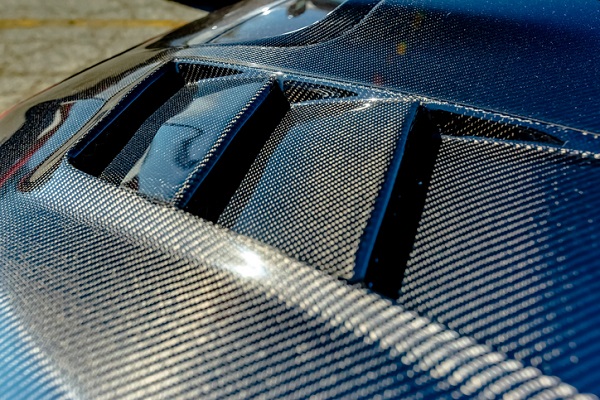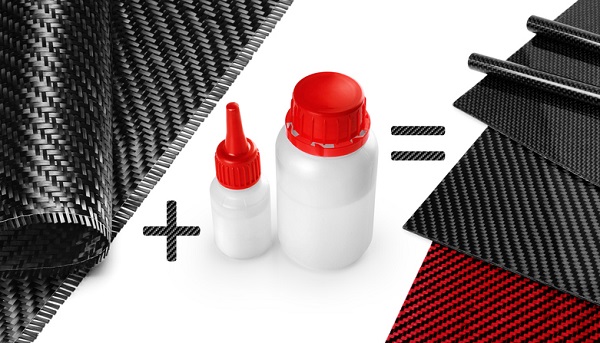
Modern driving necessities like air conditioning units, on-board computers, and hybrid power technology have made the average car heavier. Manufacturers are therefore dedicating a lot of time to weight-shedding measures in order to boost the performance of their models. Many have turned towards carbon fibre, a remarkable light-weight product that’s five times stronger than steel.
It’s a popular option on high-performance vehicles, particularly in racing. But many road car manufacturers are also integrating it into designs by developing carbon fibre hoods, roofs, wing mirrors, and much more. This is a modern challenge for auto body professionals, but there’s no need to be concerned. Here’s a quick guide on what to look out for.
What to Know About Carbon Fibre Construction while Working with Cars
Carbon fibre production is quite a complex process, and it usually comes at a premium price as a result. During construction, tiny strands of carbon fibre are tied together before resin is added to convert it into a rigid product. Graduates emerging from auto body schools work with lots of different metal damage, but it’s important to note that carbon fibre doesn’t contain any of that.
Damage is less likely to occur because of its robustness, but it’s not indestructible. Deep carbon fibre cracks or tears require extensive repairs which may necessitate a full part replacement instead. Carbon fibre body parts are often left exposed, rather than painted, so any tears will be easily visible to the naked eye. Minor dents or scratches are much more common, and easy to address with the right equipment and substances.

Carbon Fibre Scratches Can Be Quickly Repaired After Studying at Auto Body Schools
Despite its uniqueness as a car body material, carbon fibre doesn’t require a whole lot of additional repair expertise. The first step to repair a bodywork scratch is to isolate the affected area. Tape it off and lightly sand over the rough edges of the carbon fibre crack. Avoid sanding the fibres themselves and create a smooth surface. Alcohol is often used to remove unwanted dust from the area before moving on to the next step of the repair process.
A mixture of epoxy resin is prepared and then lightly applied to the affected area with a brush. A few coats of resin may need to be applied every few hours, so beware that these repairs can become somewhat time consuming. Students in auto body repair courses should eventually be able to see the benefits of this work, but don’t forget to polish or wet sand the area to give it a sheen before handing the vehicle back to the client.
Making the Difficult Decision About Whether to Proceed with Auto Body Repairs
Light bodywork scratches are relatively easy to deal with, but deeper carbon fibre tears create a tricky decision for auto repair workers. It should be assessed whether the cost of repair will ultimately be more expensive than the fitting of a replacement part. For deep tears, individual layers of carbon fibre may have to be replaced, and this carries an additional workload. Carbon fibre repair may be quite a rare occurrence during your auto body career, but there’s no need to panic. A fully restored panel is a beautiful sight when you follow the right repair process.
Become part of a generation of car experts Canada needs.
Check out Automotive Training Centres for more details about our auto body training.

